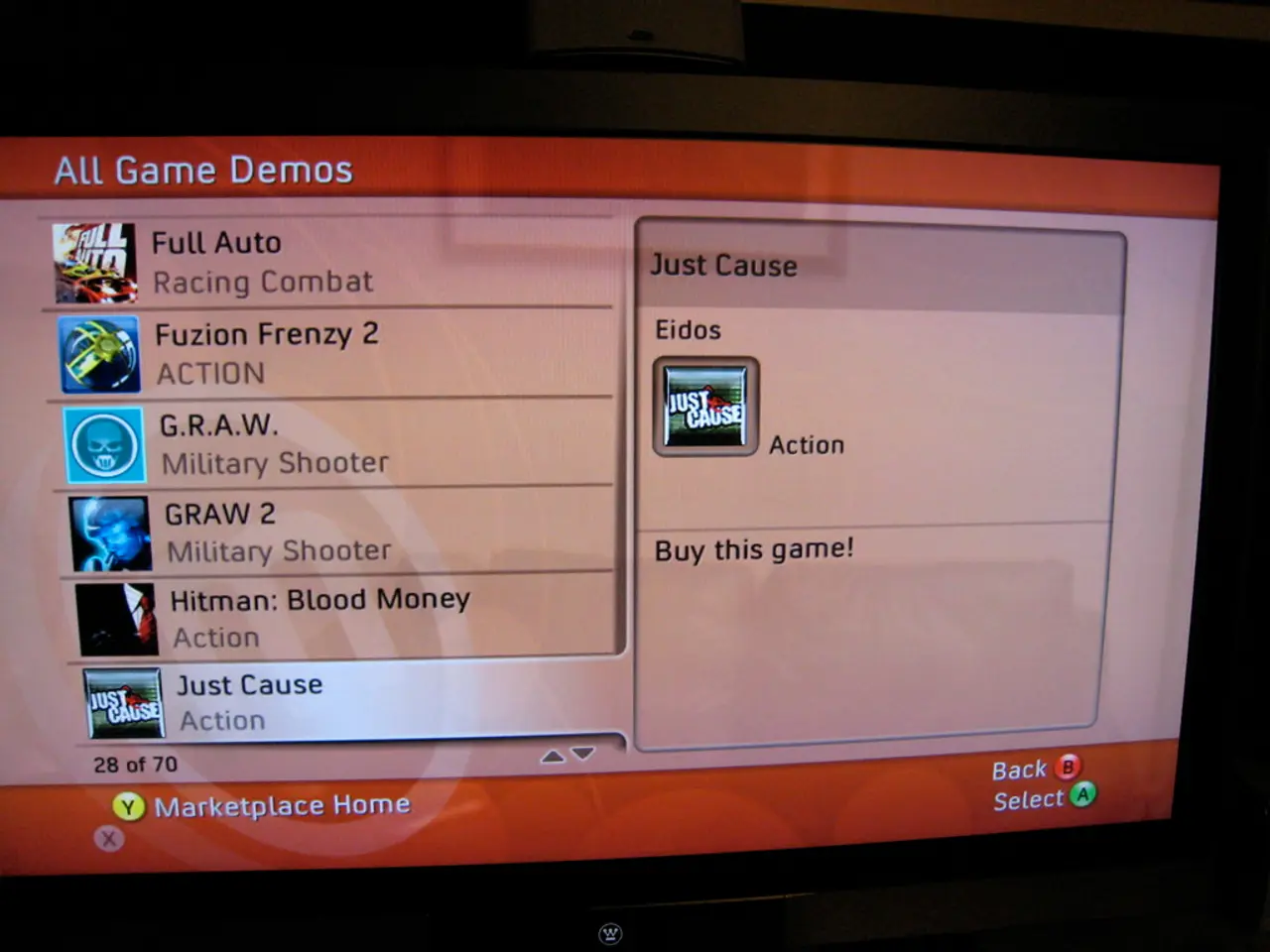Designing User Interfaces and Experiences for Virtual Reality Applications: A Focus on Users
In the ever-evolving world of technology, virtual reality (VR) continues to captivate our imagination with its potential to create immersive, interactive experiences. At the heart of this revolution is a commitment to designing user-centric UI/UX that prioritizes comfort, intuitiveness, and engagement.
Our expertise lies in delivering effective VR solutions, as demonstrated by our work on an immersive learning platform for an educational institution and a virtual reality therapy application in the healthcare sector. We partner with clients to provide support throughout the entire development process, ensuring they gain access to a dedicated team of professionals.
To create a truly immersive VR experience, we integrate multimodal interfaces that combine audio, touch, and even smell. By doing so, we aim to create more immersive environments that engage users on multiple sensory levels.
To minimise VR sickness, we focus on adjusting the field of view and providing users with control over movement. Additionally, we avoid high-contrast visual patterns that strain the eyes and incorporate stationary reference points within the environment to maintain a sense of balance.
Artificial intelligence plays a significant role in advancing virtual reality interfaces. AI-powered systems can adapt the user interface based on individual preferences and behaviours, providing a personalised experience for each user.
Voice commands offer an alternative method of interaction, making controls more intuitive, while spatial audio techniques create a three-dimensional soundscape, improving the user's sense of presence. Eye-tracking technology is another component of multimodal interfaces, enabling dynamic adjustments of focus and depth of field.
Seamless transitions between virtual spaces are essential for maintaining immersion. Fade effects and portals or doorways within the virtual environment can help create smooth transitions. Regular reminders for users to take breaks can prevent fatigue.
Testing and iteration are crucial in developing effective virtual reality applications. Early testing helps identify issues like user discomfort or confusing interfaces. Rapid prototyping accelerates the development of virtual reality applications, allowing us to quickly iterate and refine designs based on user feedback.
Our developers prioritise usability and accessibility, making applications intuitive for all users. We focus on accessibility (e.g., via voice commands or clear visual contrast) to ensure broader usability. Consistent visual cues and themes across different areas can aid in reducing the cognitive load during transitions.
Incorporating storytelling and gamification can increase engagement and learning. By leveraging the immersive medium, we can tell compelling stories and introduce gamified elements to enhance the user experience.
Our approach combines technical proficiency with a strong focus on user satisfaction and measurable results. Our website offers expertise in developing high-quality virtual reality applications, focusing on creating user-friendly interfaces that enhance engagement and satisfaction.
For those interested in exploring the possibilities of virtual reality, contact us to learn more about how we can assist with your VR project. Our flagship app, Orbis VR, is designed with user comfort in mind to prevent discomfort and motion sickness. As a leading software development service provider, our team has completed VR projects across various industries, including gaming, education, and healthcare.
We believe that by following these principles, we can create a user-centric VR UI/UX that maximises immersion while minimising discomfort and confusion, aligning interface design with natural human behaviour and expectations within virtual environments.
- In the fast-paced realm of technology, virtual software continues to be a captivating force, promising immersive, interactive experiences.
- Our specialty is crafting effective virtual solutions, as shown by our work on a custom learning app for education.
- We collaborate closely with clients, ensuring access to a dedicated team throughout the development process.
- To create a more engaging VR environment, we blend audio, touch, and even smell within multimodal interfaces.
- Minimizing VR sickness involves adjusting the field of view and providing control over movement.
- High-contrast visual patterns and sudden movements can strain the eyes, so we avoid them to prevent discomfort.
- Stationary reference points help maintain balance and a sense of spatial orientation.
- Artificial Intelligence enhances VR interfaces, adapting them to individual user preferences and behaviours.
- Voice commands simplify control systems, making them more intuitive.
- Spatial audio techniques generate a three-dimensional soundscape, improving presence.
- Eye-tracking technology allows dynamic adjustments of focus and depth of field.
- Smooth transitions between virtual spaces preserve immersion, using fade effects and portals or doorways.
- Regular user reminders to take breaks help prevent fatigue.
- Testing and iteration are essential for developing successful VR applications.
- Early testing helps identify issues and quickly iterate designs based on user feedback.
- Rapid prototyping speeds up VR application development.
- Accessibility is a priority, ensuring interfaces are user-friendly for all, through voice commands and clear visual contrast.
- Consistent visual cues and themes aid in transitioning between different areas.
- Incorporating storytelling and gamification boosts engagement and learning.
- By leveraging the immersive medium, we can tell captivating stories and incorporate gamified elements.
- Our focus is on technical expertise and user satisfaction, aiming for measurable results.
- Our website showcases our proficiency in creating high-quality VR applications with user-friendly interfaces.
- Contact us to discover how we can help bring your VR project to life.
- Our Orbis VR app prioritizes user comfort to prevent discomfort and motion sickness.
- As a leading software development service provider, we have completed VR projects across gaming, education, and healthcare sectors.
- We aim to create a user-centric VR UI/UX that maximizes immersion while minimizing discomfort and confusion.
- Our designs align interface design with natural human behaviour and expectations within virtual environments.
- Virtual reality has the potential to revolutionize sectors beyond gaming, such as education, healthcare, and lifestyle.
- Fashion-and-beauty, food-and-drink, home-and-garden, gadgets, and data-and-cloud-computing industries can benefit from VR solutions.
- Technologies like artificial intelligence, cybersecurity, and artificial intelligence-powered solutions can further propel VR development.
- In the realm of entertainment, virtual reality has already made significant strides in industries like casino-and-gambling, where casino-games, lotteries, and sports-betting have been transformed by VR experiences, including casino-personalities, casino-culture, and responsible-gambling solutions.




